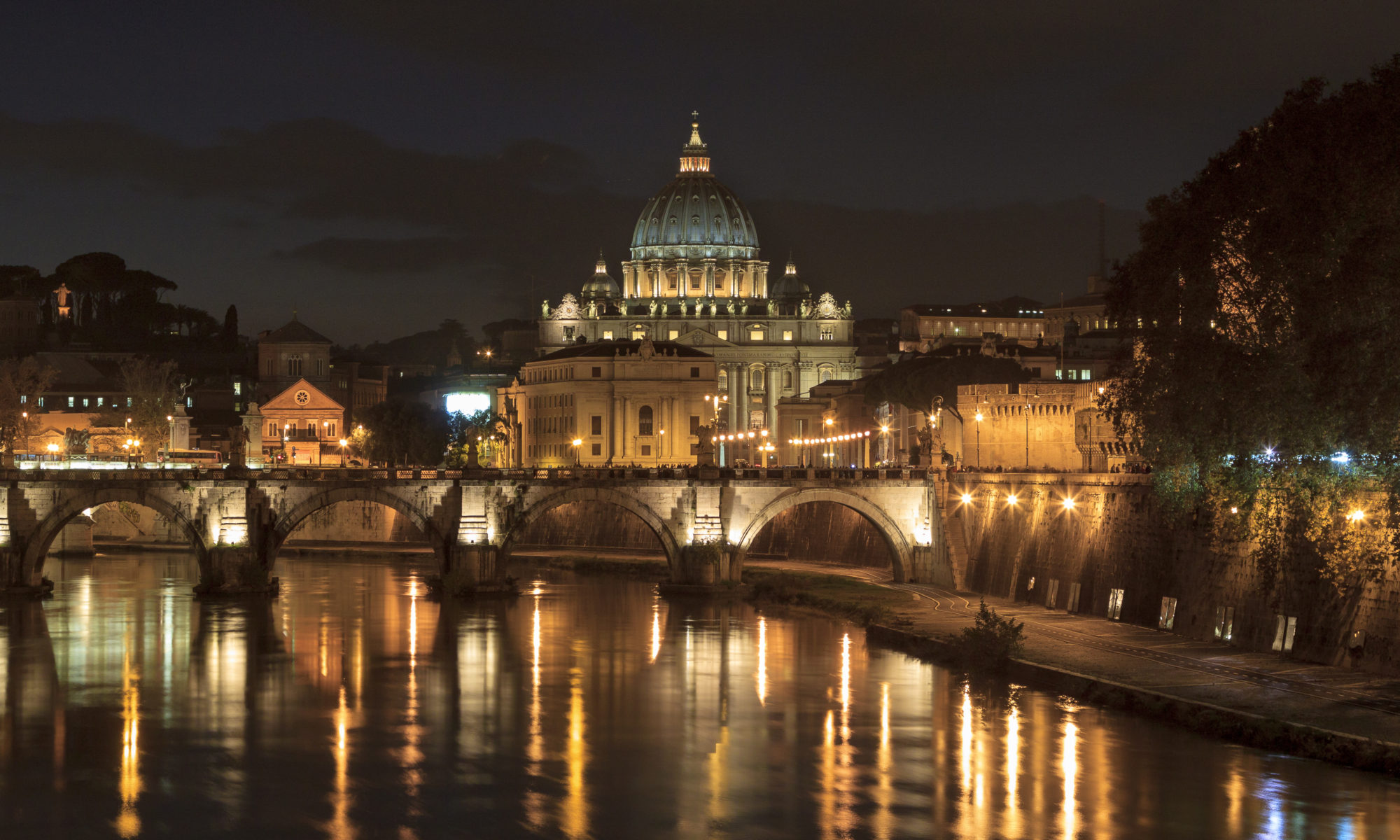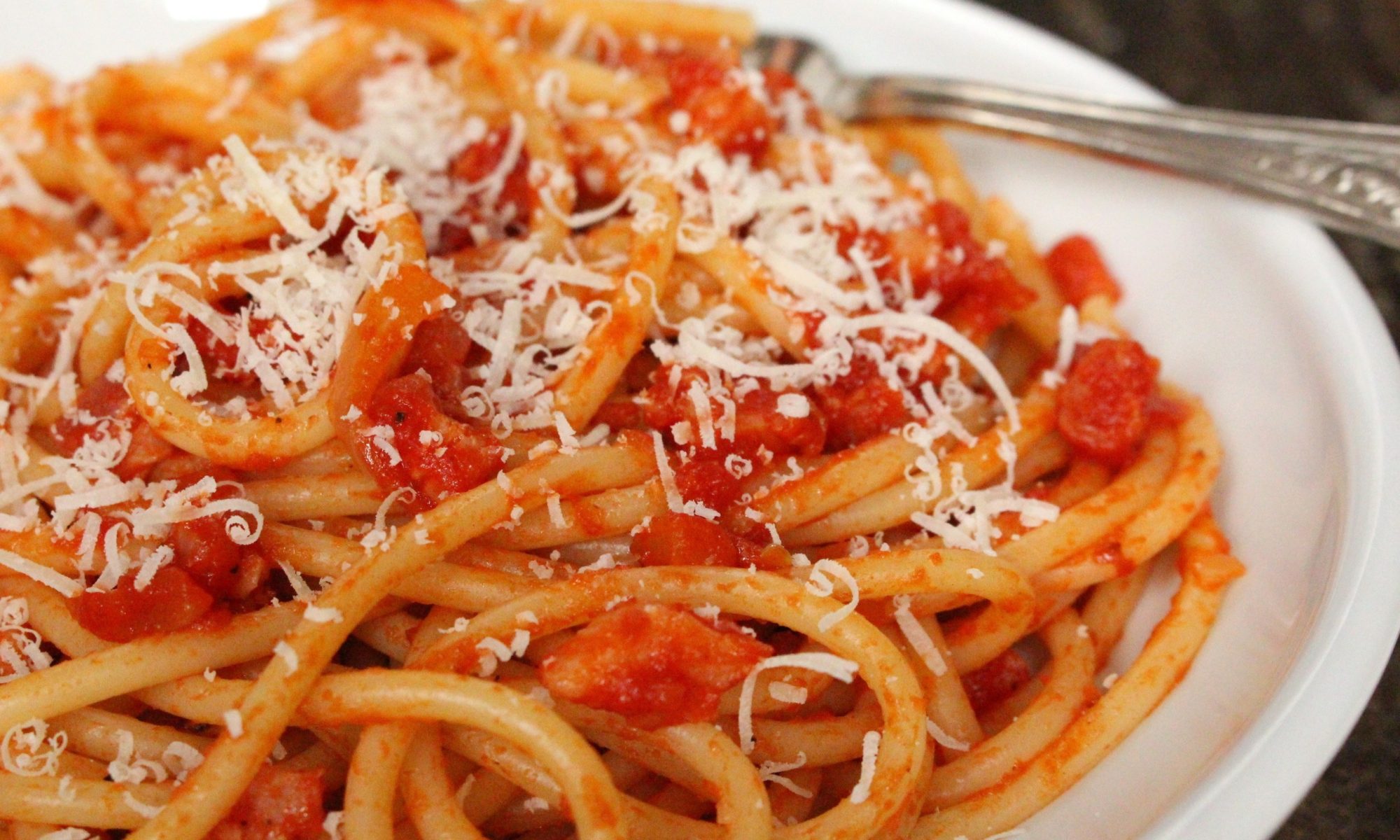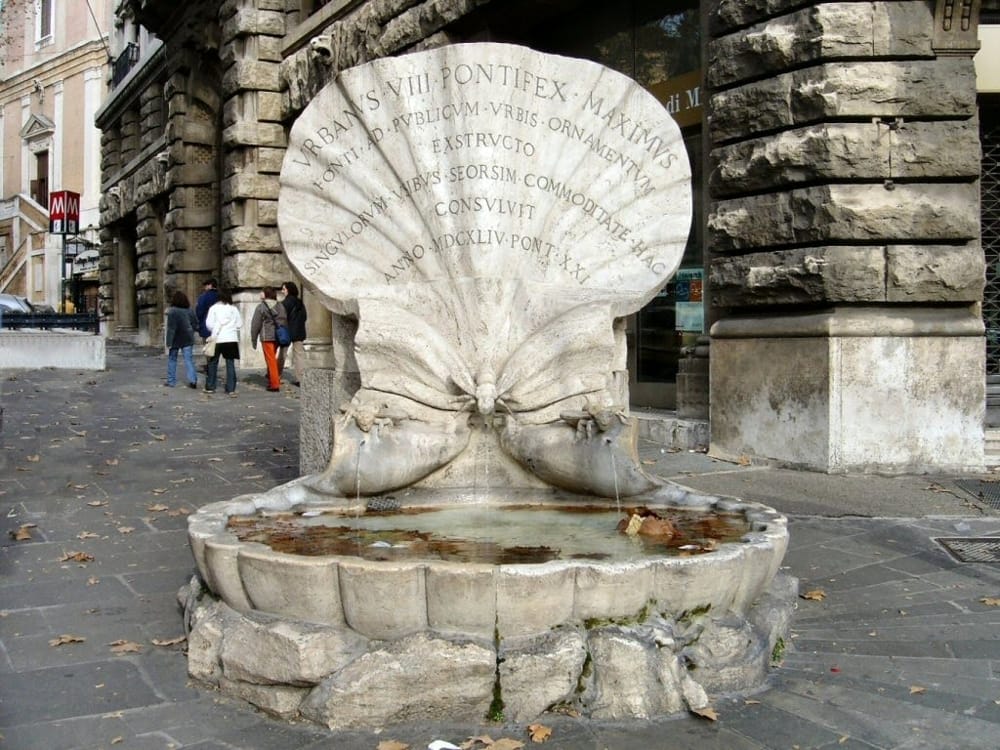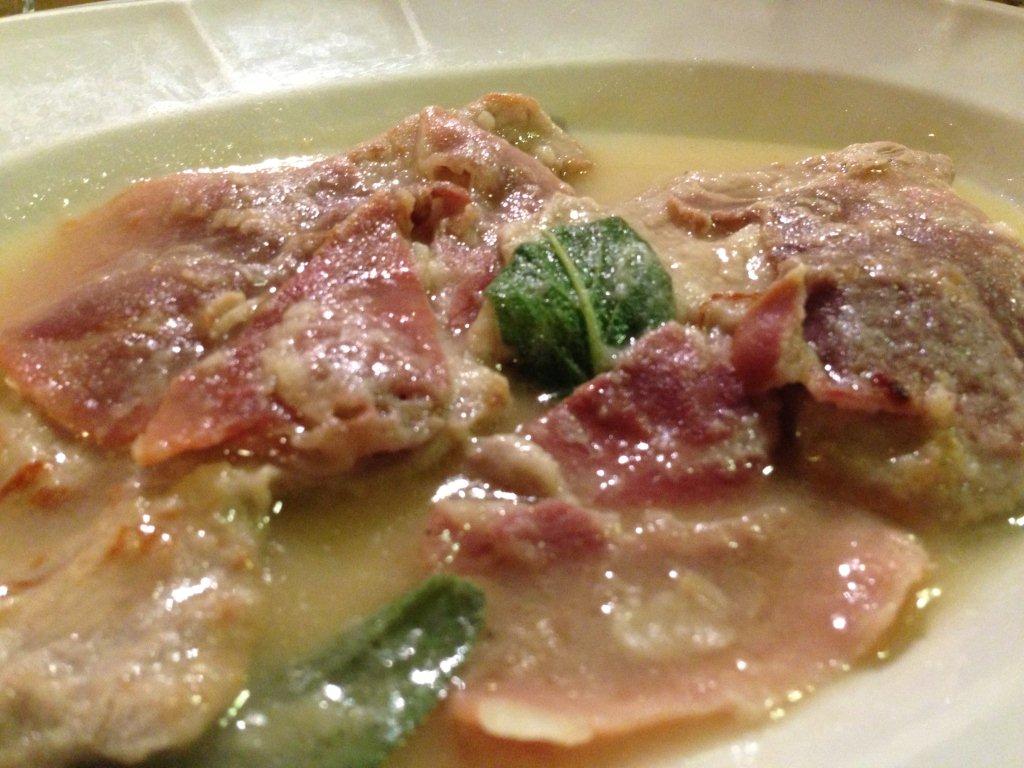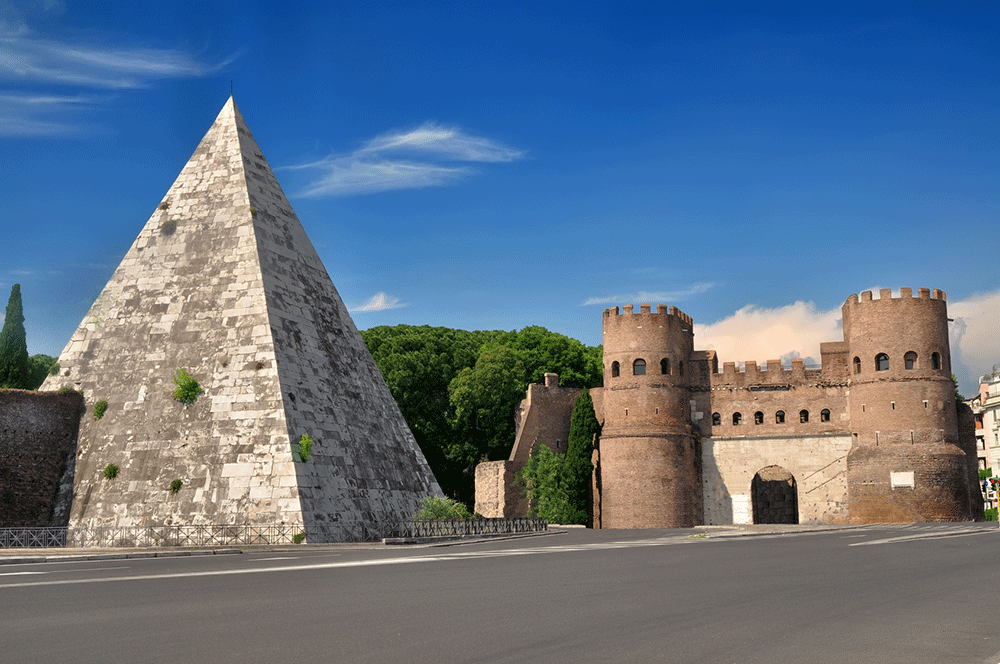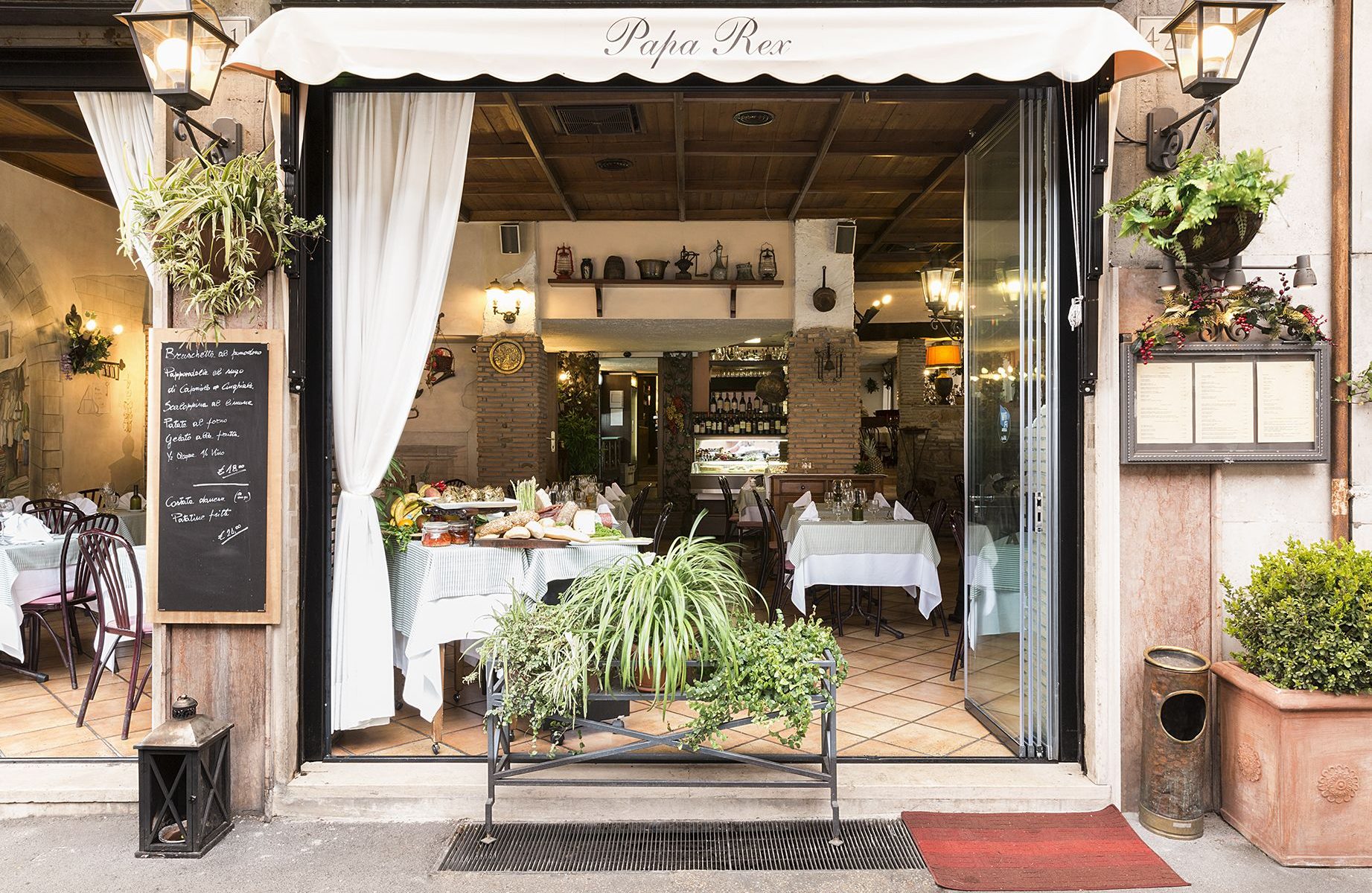One of the most appetizing sauces of Roman cuisine (though originally from Lazio) is made up of a few selected ingredients: fried pudding and shade with dry white wine, tomato, pecorino cheese. A wonderful and unrepeatable blend of flavors and scents.
Amatriciana pasta comes from gricia pasta (or griscia). According to some sources, the name would come from Gricio, the bread-seller and other edible goods of nineteenth-century in Rome. The name Gricio in turn would also come from a group of these sellers, immigrated to Rome from the Swiss Canton of Grigioni (Graubünden). Another source states that this name originated from the village of Grisciano (a few miles from Amatrice, part of the municipality of Accumoli) where this recipe had long been spread. Gricia or Griscia has always been known as amatriciana without the tomato, although it differs for some ingredients.
Here a complete recipe (in italian) of Amatriciana Spaghetti
The invention of tomato sauce at the end of the eighteenth century allowed the introduction of the tomato in the quill, creating the Amatriciana (the first written testimony dates back to 1790 by the Roman cook Francesco Leonardi).
The close link between Rome and Amatrice (dating back to the early 1400s) allowed the wide spread of this recipe also because many Osterie (popular restaurants) of the nineteenth century were handled by Osti originals of Amatrice. The term Matriciano thus became synonymous with Inn with cooking.
Although Amatriciana or Matriciana has other origins, it has always been considered a typical recipe in Rome.
Papa Rex – Traditional Restaurant in Rome since 1991 – Saint Peter – Vatican area
